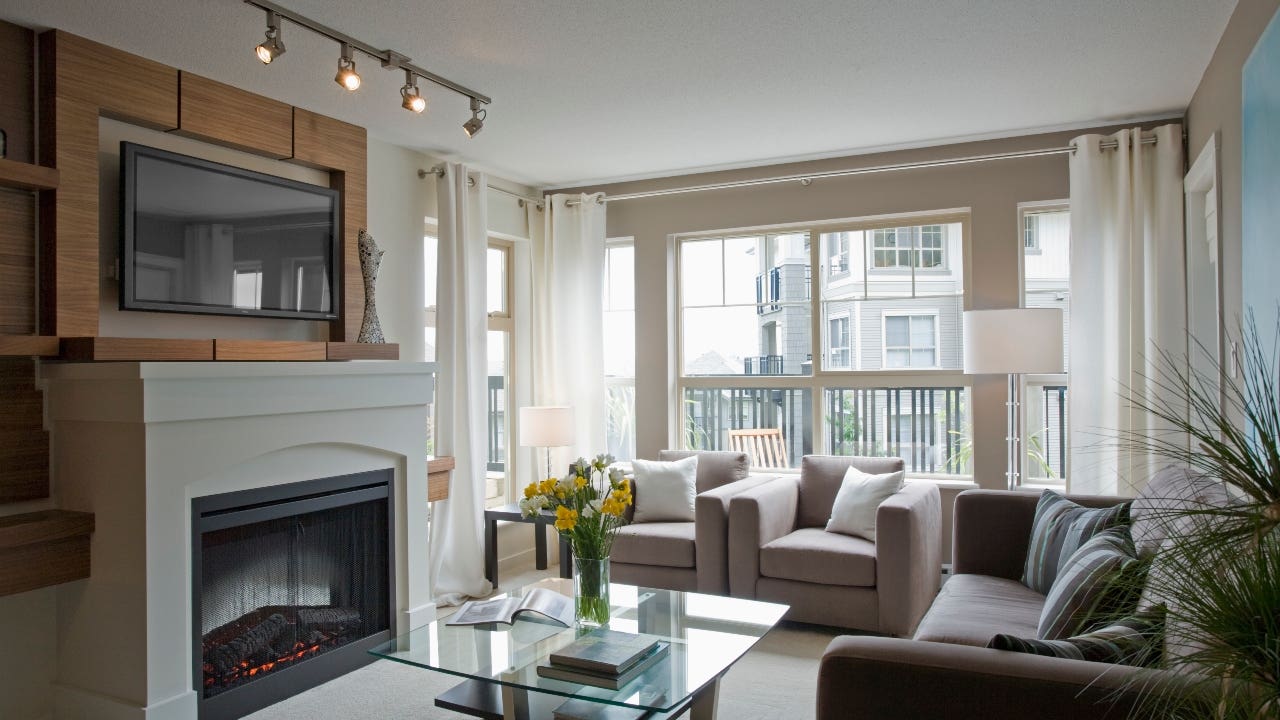Setting a furniture budget for your new home

Finding the right home can be easier said than done. Once you’ve cleared that hurdle, furnishing your home is the next big step — but without a budget, it can quickly become an expensive one. Here are tips for furnishing your home on a budget, a breakdown of typical costs by room and ideas to help you pay for it.
5 tips for budgeting
- Consider needs vs. wants – If you’re on a tight budget, focus on the furniture you need first — think basics such as a bed for sleeping and a table for eating. If your budget allows for pieces beyond the essentials you need to function in your home, you can allocate funds to wants, like artwork.
- Focus on functionality – Likewise, when furnishing an entire home, prioritize functionality over beauty, at least initially. For example, that could mean forgoing decor in favor of a comfortable chair for your home office.
- Go for quality – No matter what budget you’re working with, look to buy quality pieces that’ll last a long time, especially those everyday “need” pieces versus quantity. You might be able to skimp on quality (and save money) with smaller furnishings, however, like end tables.
- Take it one room at a time – If you break up the job room by room, it won’t feel as overwhelming to your budget. Start with the rooms you use most, such as your bedroom, kitchen, or office — you can hold off on furnishing the guest room until later.
- Get creative – When shopping for furniture on a budget, search beyond the big-name furniture stores for secondhand items that can stretch your dollars further. You might be surprised by what you find on Facebook Marketplace or Craigslist (usually decent-quality items for cheap, and sometimes even free stuff) and in thrift stores.
Budgeting by room
Of course, the size of your home has an impact on the cost it’ll take to furnish it. Here’s a look at the typical costs of furnishing each room in your home:
Living room
- Sofa – $900-$1,300
- End tables – $25-$500
- Area rug – $50-$1,000, depending on material and size
- Lighting – $50-$200 per lamp
- Curtains and other decor – $50-$500
Sources: Amazon, Ethan Allen, Modsy, Rugs.com
Bedrooms
- Bed (mattress) – $500-$3,000 or more, depending on material and quality
- Bedroom set (bed frame, dresser nightstand) – $1,000-$5,000
- Lighting – $50-$200 per lamp
- Curtains and other decor – $50-$500
Sources: Amazon, Business Insider, Ethan Allen, Pottery Barn, Wayfair
Dining area
- Dining table – $100-$5,000, depending on quality and size
- Dining chairs – $50-$2,000, depending on amount of chairs and quality
Sources: Ethan Allen, Wayfair
Outdoor space
- Patio set (including table and chairs) – $100-$2,000, depending on quality and size
- Lighting (e.g., outdoor lamp post, string lights) – $30-$300
Sources: Amazon, PatioLiving.com, Wayfair
Ways to pay for furniture
If you don’t have money in savings earmarked for furniture, there are other ways to pay for it, including:
- In-store financing, layaway or rent-to-own
- Credit cards
- Personal loan
Many homeowners finance furniture with an in-store offer, but be sure to read the fine print before committing to one. Likewise for personal loans, which can give you access to several thousand dollars to use for any purpose, including furniture. (If your credit could use some work, however, the rate you’d get on a personal loan might make it cost-prohibitive.) Of course, you can charge furniture to a credit card, as well, but as with any credit card purchase, you’ll want to avoid racking up debt you can’t repay.
Generally speaking, if you can’t afford furniture now (and can afford to wait), it’s best to take the time to build your savings or look for ways to cut costs.






